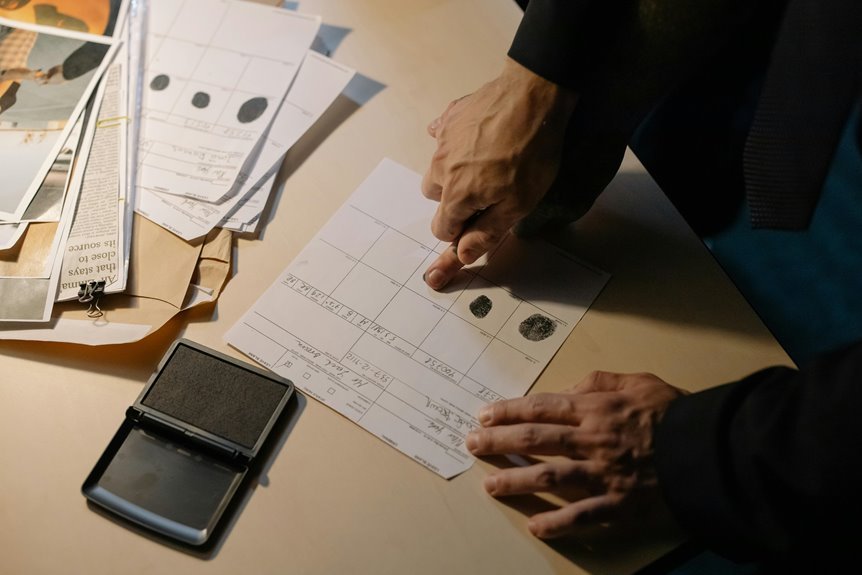
Caller Identity Authentication Research Unit 4806161709 4108014775 3128185250 8665013689 9492827016 8663563655
The Caller Identity Authentication Research Unit is pivotal in tackling the complexities of caller identity verification. You’re likely aware of the increasing threats posed by caller spoofing and identity theft. As you consider the implications of these challenges, it’s essential to explore how emerging technologies like biometrics and blockchain can fortify telecommunications security. What innovative solutions might emerge to enhance consumer trust while addressing privacy concerns? The answers could redefine communication safety.
Understanding Caller Identity Authentication Technologies
As organizations increasingly rely on telecommunications for critical operations, understanding caller identity authentication technologies becomes essential for maintaining security and trust.
You must evaluate various caller verification methods, such as multi-factor authentication and biometrics, to enhance identity protection measures.
Implementing these technologies enables you to safeguard sensitive information, prevent fraud, and foster a secure environment that prioritizes user autonomy and data integrity.
The Role of Consumer Protection in Telecommunications
While advancements in telecommunications enhance connectivity, they also underscore the critical need for consumer protection.
You must remain vigilant about consumer rights, ensuring that regulatory frameworks are robust enough to safeguard against exploitation.
These frameworks should empower you, the consumer, by promoting transparency and accountability.
As the landscape evolves, strong protections will be essential to maintain trust and foster a fair marketplace.
Challenges in Verifying Caller Identities
Consumer protection efforts in telecommunications must now tackle the complex issue of verifying caller identities.
Caller spoofing complicates matters, enabling identity theft and undermining trust. Current verification methods often fall short, lacking robust telecom regulations to ensure authenticity.
You need to understand these challenges to advocate for stronger systems that protect your privacy while fostering a secure communication environment.
Future Trends in Caller Identity Verification Systems
Innovations in caller identity verification systems are set to reshape telecommunications as advancements in technology continue to emerge.
Expect biometric verification to enhance security through unique personal traits, while blockchain integration will ensure tamper-proof records, promoting trust.
These trends will empower users, providing them with greater control over their identity verification processes, ultimately fostering a more secure and transparent communication landscape.
Conclusion
In navigating the turbulent waters of telecommunications security, you must prioritize caller identity authentication to protect against the rising tide of fraud. As verification technologies advance, embracing solutions like biometrics and blockchain will fortify your defenses. By fostering a transparent communication landscape, you not only enhance user trust but also empower consumers to reclaim their autonomy. Ultimately, continued innovation will be your lighthouse, guiding you through the complexities of identity verification and safeguarding sensitive information.




